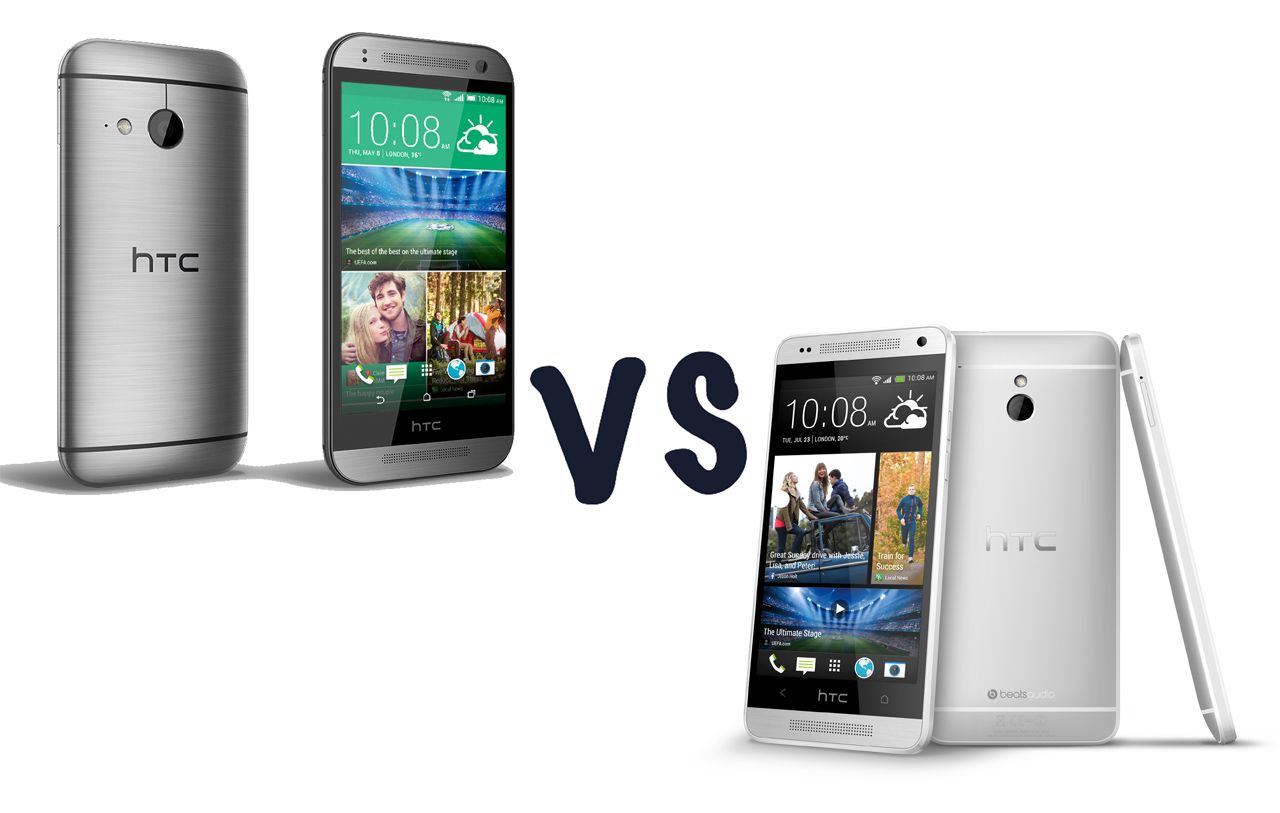HTC has released a "mini" version of the HTC One (M8) repeating its move of last year, offering a more compact handset of the same design as the flagship.
With the HTC One (M8) widely lauded for its design, the new device brings the looks with it, even if the HTC One mini 2 is a slightly awkward name.
But if you have the existing HTC One mini, should you be eyeing a replacement? Has this device changed drastically aside from design? We pull out the important details to find out what the difference is.
Design
Obviously the design of the HTC One mini 2 and the original HTC One mini reflect the respective generations of HTC One flagship devices to which they are related. Both look great, with plenty of metal used in the build.
The design ethos is very much the same here giving top device looks in a smaller package. The HTC One mini 2 measures 137.43 x 65.04 x 10.6mm and weighs 137, to the original's 132 x 63.2 x 9.25mm and 122g: it's a bigger device in all dimensions.
Even so, the new handset moves to nano SIM, rather than micro SIM of the previous.
Display
One of the reasons behind the change in size is that the HTC One mini 2 has a 4.5-inch display, compared to the 4.3-inches of the One mini.
It's a small incremental increase in size, but the resolution remains the same: both offer 1280 x 720 pixels, meaning the older phone is slightly sharper, not that you'd really notice.
We loved the display on the HTC One mini when we reviewed it and we suspect the HTC One mini 2 will repeat that performance.
Power
Sitting at the heart of the HTC One mini 2 and the HTC One mini is a Qualcomm Snapdragon 400 chipset, although the new device gets a quad-core 1.2GHz processor and the older is 1.4GHz dual-core.
The result should be that the new device is better at multitasking and more power efficient. Both have 1GB of RAM and we suspect the experience will be close in terms of speed.
There's a jump in battery capacity however. The new device has 2100mAh to the original's 1800mAh: this should result in better stamina for the new handset.
Storage
In terms of storage, the HTC One mini comes with 16GB of internal storage as does the new HTC One mini 2.
The big difference, however, is that the new model comes with a microSD card slot integrated into the design, so you can expand by up to 128GB. The new device will let you carry lots of extra content like music and photos.
Cameras
There's been quite a switch around when it comes to the cameras. The original HTC One mini came with HTC's UltraPixel camera, with 4 megapixels.
The HTC One mini 2 comes with a regular 13-megapixel camera, so will pack in more pixels, potentially offering more options to zoom and crop. Why HTC has decided not to use the UltraPixel sensor on this device remains a mystery. It also means you don't get Zoe capture.
There's also a step-up in resolution for the front camera, moving from 1.6-megapixels to a whopping 5-megapixels. The HTC One mini 2 should give you the better selfie, so it's definitely on trend.
Software
The HTC One mini 2 ships with Android 4.4 KitKat and Sense 6.0. This brings a range of refinement to Sense 5 of the previous device. It makes the new device up-to-date in terms of Android versions and cleans things up visually, offering a more mature user interface.
That said, the original HTC One mini may be updated to the latest software version itself, levelling the differences.
Conclusions
The HTC One mini 2 takes the same approach as the One mini, offering a compact mid-range device with design that reflects the flagship HTC One device.
There isn't a huge difference between these devices, despite various changes on the spec sheets. We expect the day-to-day experience to be pretty closely matched. The strength of both these devices is delivering the HTC Sense experience, a good quality display and a premium design.
We're yet to hear the pricing for the new HTC One mini 2, but the original was £319.99. We suspect the new model will be the same or slightly more affordable.

